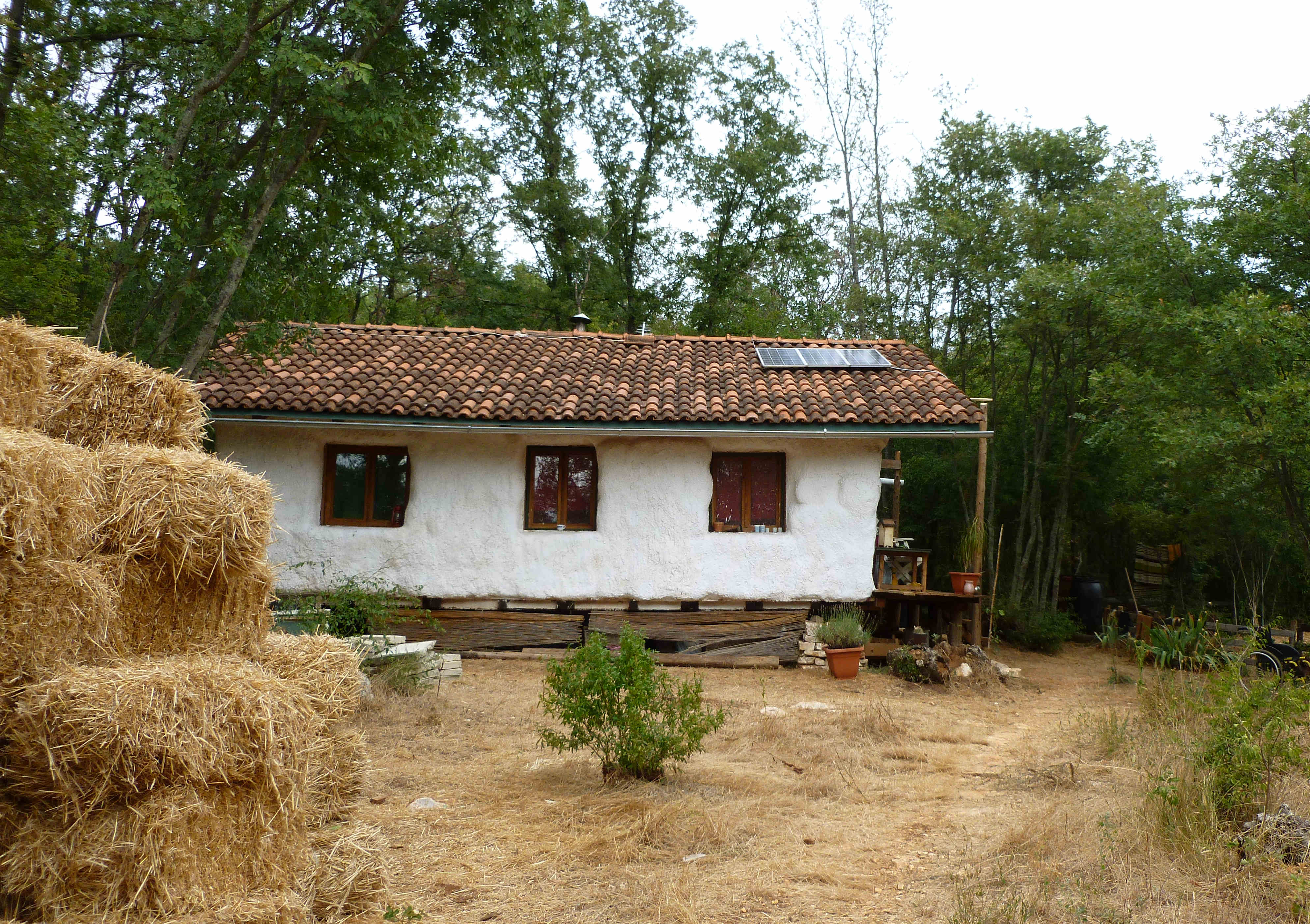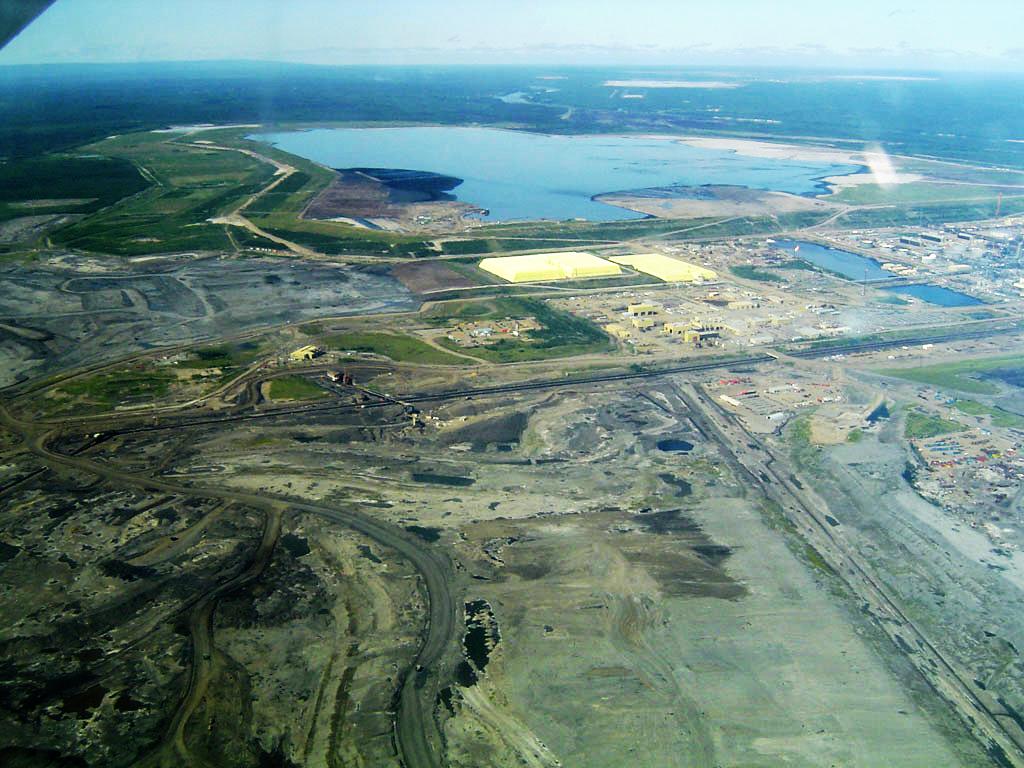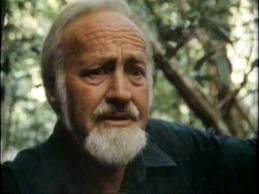The word Permaculture combines the two words “permanent agriculture“. It describes a sustainable and environmentally friendly agriculture.
With time the philosophy evolved and now includes areas like economical systems, human habitats and many more to form a “permanent culture“.
The goal of permaculture is to make humans part of natural cycles and processes again, so we can make use of nature efficiently not by harming it, but by contributing to it.
Background
The concept was developed by Bill Mollison and David Holmgren in the 70s and contains three core tenets and twelve design principles.
Permaculture is a fluid and loose term. It includes a wide variety of techniques, design tools and lifestyles that share the same ideals.
Many of the ideas come from observing nature. Natural ecosystems, like forests, do not need fertiliser and produce no waste. All parts of the system work together closely and fulfill important roles. Observations like that can often by applied to agricultural systems.

Illus.1: Ecosystems Forest and Creek
Linda Woodrow on Permaculture
"[Permaculture is about] saving the planet and living to be a hundred, while throwing very impressive dinner parties and organising other creatures to do most of the work."

Linda Woodrow
Examples
Forest garden

Illus.2: Forest garden
In forest gardens trees are important design elements. While they produce fruit and timber, their leaves return nutrients to the soil. There, in the space between the stems you can cultivate vegetables, herbs, nuts and berries or keep animals.A forest garden copies natural processes of woodland ecosystems. A productive system develops that produces food for people and animals, medicine, timber and firewood.
Natural building

Illus.3: Strawbale building with clay and lime plastering
In Permaculture, we use building methods and materials that do not harm the planet unnecessarily. We use renewable or abundant resources, like straw, clay or recycled maeterial.We consider and use characteristics of the site and local climate for the architectural design. For example, we can use sun and wind for thermal regulation in our buildings. Thus we reduce energy consumtion of building and living without giving up comfort or functionality.
Living with natural processes

Illus.4: Indoor Wormery
Living Permaculture means observing and interacting with natural processes. For example, an indoor wormery converts your kitchen garbage into high quality compost. Placed in the house, it is close by where the waste is produced. Additionally, it works even in the winter when temperatures outside are too low for the worms to work. Thus it can produce nutrients for your balcony or garden all year long. Building and running the wormery is simple and cheap.
Why is Permaculture important?
Our lifestyle strains natural resources in different ways: our mobility, our methods of building and food production, our energy consumption, our way to produce consumer goods and how we treat our waste - all this heavily affects the natural processes on earth, and often in a very negative way.
Many resources are consumed in these man-made processes. Reserves shrink, such as fossil fuel deposits. Other areas of the environment are changed and partly damaged in a way that they are no longer usable - eg ecosystems, basic resources (water, soil and air), biodiversity or the climate on Earth.

Illus.5: The extraction of oil sands is a threat to natural ecosystems
At the same time, resources and the opportunities to use them are very unevenly distributed in the world. While more and more people increasingly have higher standards of living, the number of people whose basic needs can not be met rises.
Permaculture seeks solutions to all these problems: methods to work with nature rather than against it (eg the use of natural processes to generate energy) and to avoid or reduce the consumption of resources in all areas of life (eg through renouncement or more efficient technologies). Moreover, it aims for a culture of cooperation and fairness in social systems.
Bill Mollison on Permaculture
"Permaculture is a philosophy of working with, rather than against nature; of protracted & thoughtful observation rather than protracted & thoughtless labour; & of looking at plants & animals in all their functions, rather than treating any area as a single-product system."
*

Bill Mollison*
Sources
Definition:
Illustrations:
Illus.1: Wikimedia Commons: Tarvasjõgi von Ireen Trummer
Illus.2: Greta Röggla
Illus.3: Wikimedia Commons: Strohballenhaus von EwigLernender
Illus.4: Serlo, by Kati_L
Illus.5: Wikimedia Commons: Syncrude mildred lake plant von TastyCakes
Quotations:
